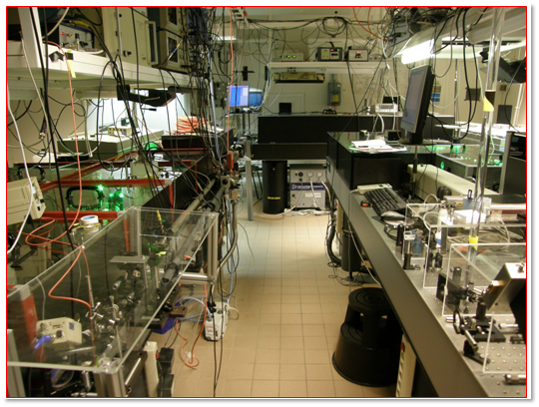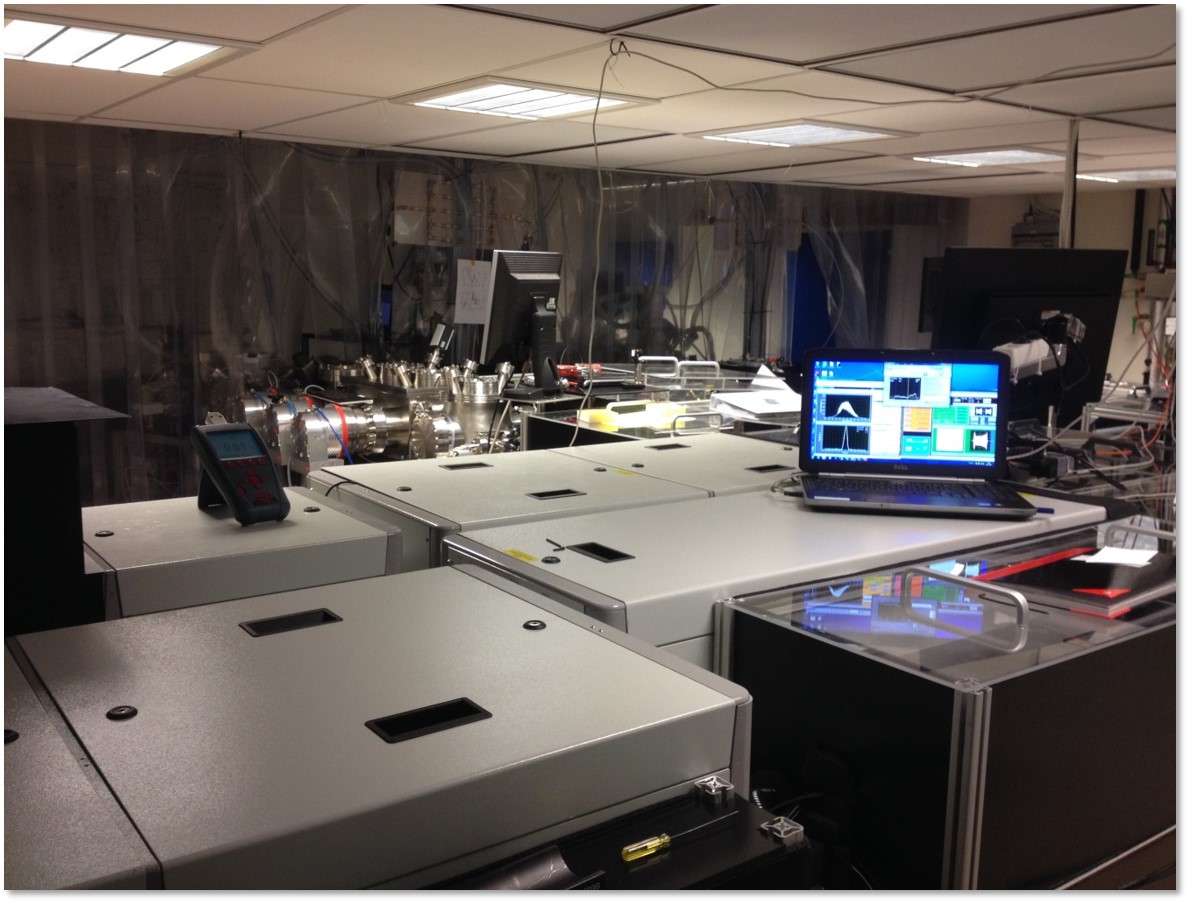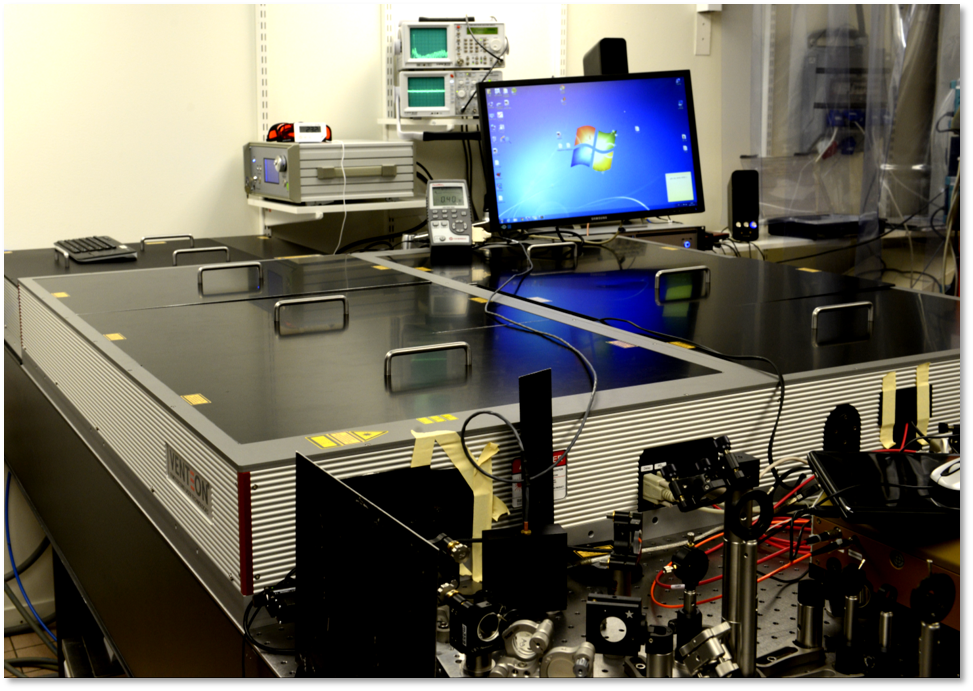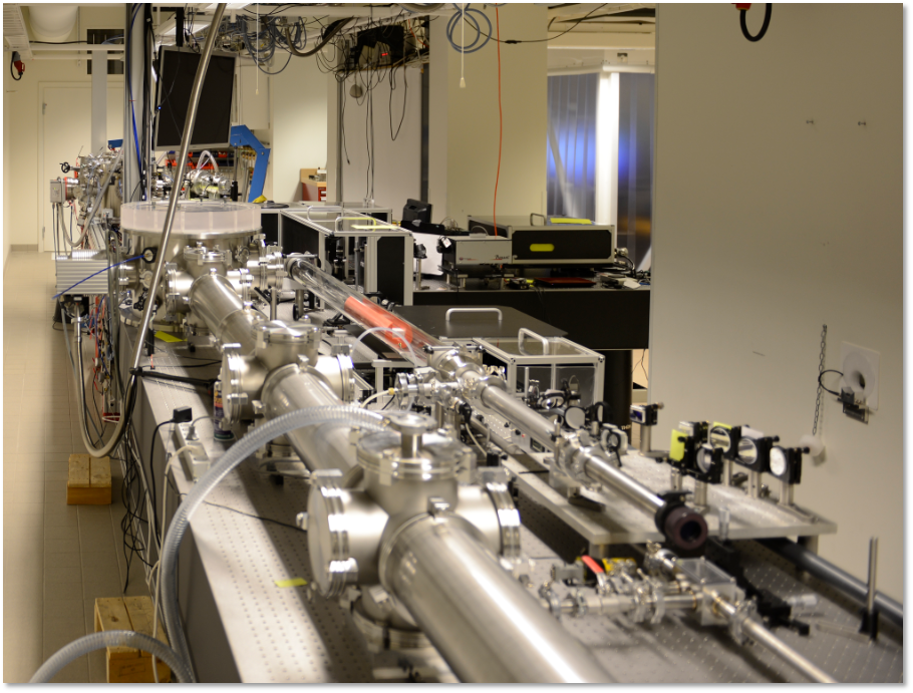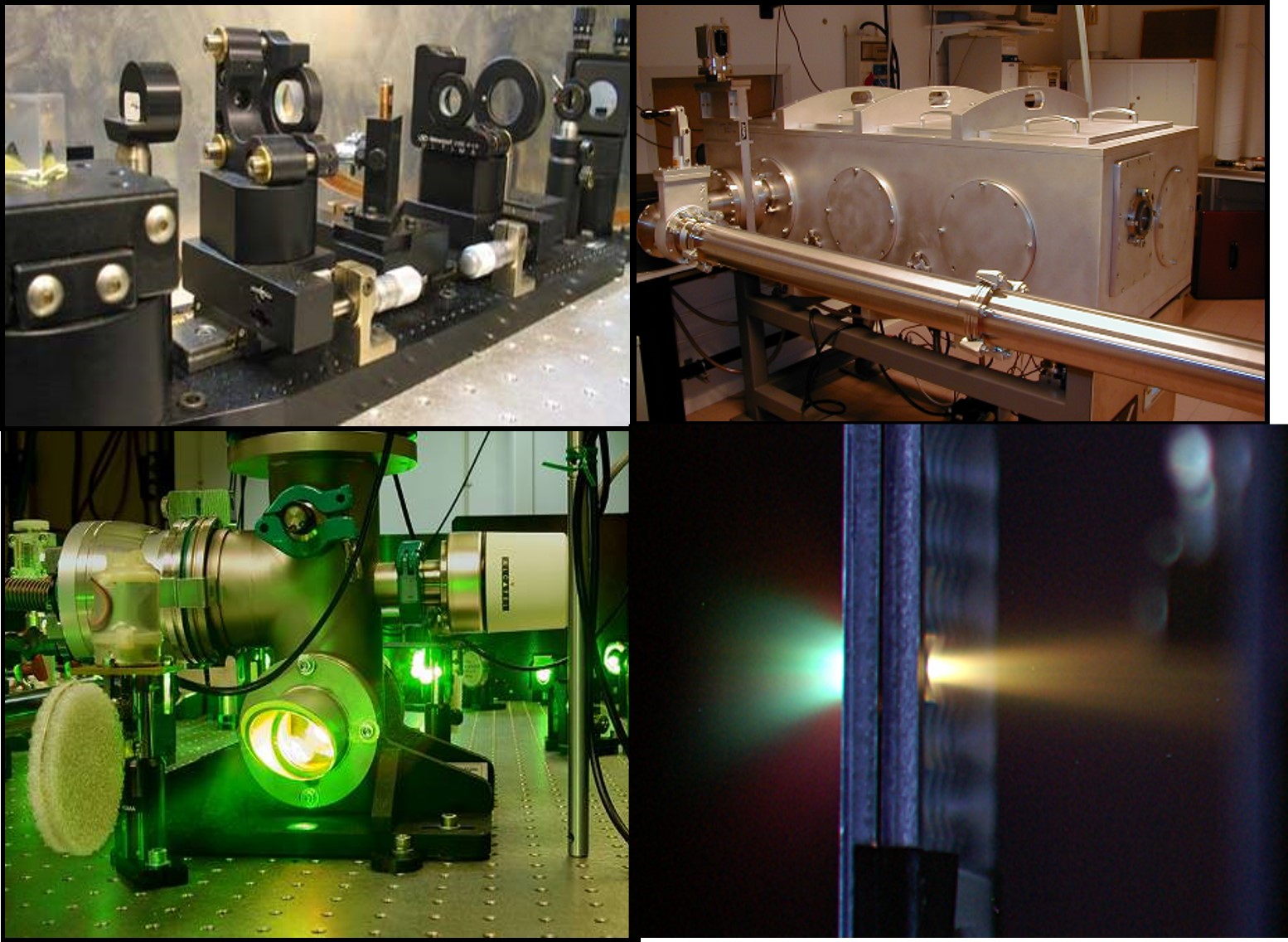The Lund high-power
laser facility, founded in 1992, is one of the leading facilities in
Europe for high-intensity laser-matter interactions, attosecond science
and short-wavelength laser spectroscopy. Being
a spearhead of the Lund Laser Centre, which is a European Major
Research Infrastructure, this Facility is open not only to Swedish
scientists, but also to scientists from the rest of Europe.
